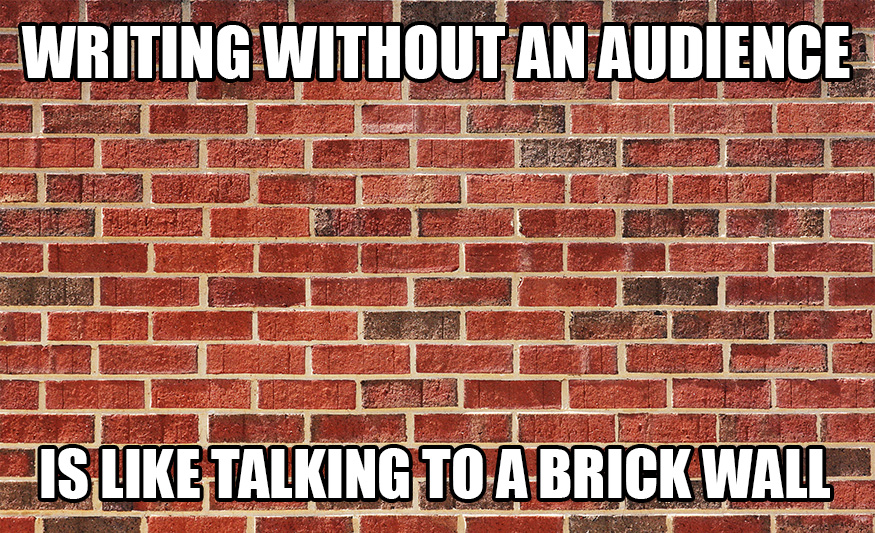I’m not going to lie: I’m an attention seeker and I crave it! There’s a caveat though in that the attention being sought should be derived from a platform that disconnects me from the content as an immediate person – no selfies, no podcasts and certainly no videos. Although excluding these auxiliary media is difficult in achieving successful attention-grabbing content, I firmly believe the only medium that really allows for the purest of ideas to flow is the occlusive format of writing, and this is due to a few factors…
Writing is a very rewarding experience on the internet in that it allows both the expression of ideas and a reaction to the same - trolls and their victims know this all too well. On a more materialistic level, to potentially have access to a huge readership, be able to gauge reader uptake and to process their responses almost instantaneously is a feedback system that can create an addictiveness to this which has historically been rather slow for ushering in responses.

Social networks are very good at perpetuating interactivity with writers – comments, sharing and ‘like’ systems validate and propel ideas. It may seem obvious but as an unpaid blogger the potential for human response to something you’ve created is thrilling to say the least. When the reception is good, that’s seen as encouragement to keep writing – a positive feedback cycle like this keeps professionals and novices alike writing in an era of more engaging high-quality video streaming. Even when the feedback isn’t great, the lack of response can equally create drive to try again with another attempt. Personally, I’m susceptible to a bout of deciphering what might’ve put readers off in order to improve my standard of writing for next time.
The difficulty with pure writing on the modern internet, however, is that it rarely engages a wide range of users – many magazine sites deploy slick videos alongside high-res image galleries, soundbites and other interactive lures. From a chronic perspective, gaining momentum at the beginning is difficult when you’re unknown. Readers seldom drop into your blog by accident, therefore fishing and baiting them becomes an essential exercise to accompany core content. Perseverance is also demanded because building up a reputation as a worthy reading source takes time.

As a UX designer, these are challenges that I’m willing to take on because readers are important. No worthy endeavour can be accomplished overnight; the iterative nature of producing and testing is synonymous with a good UX process and can be applied to almost anything, especially writing. Understanding that applications, including websites, need to be created with content in mind first also warrants the skill of conveying information in the most useful way to readers – writing well and presenting information in an accessible manner is part and parcel of a good user experience. But crucially that responsive aspect must be present to allow preening and refinement. Much like talking to a brick wall, we cannot seek attention (and therefore feedback) from something that does not give it.
In short, whether as part of UX or on its own merits, writing is terribly addictive as a two-way street. If we can successfully foster a practical philosophy of positive responses then we’ve truly achieved something worthwhile with this time-tested medium.

